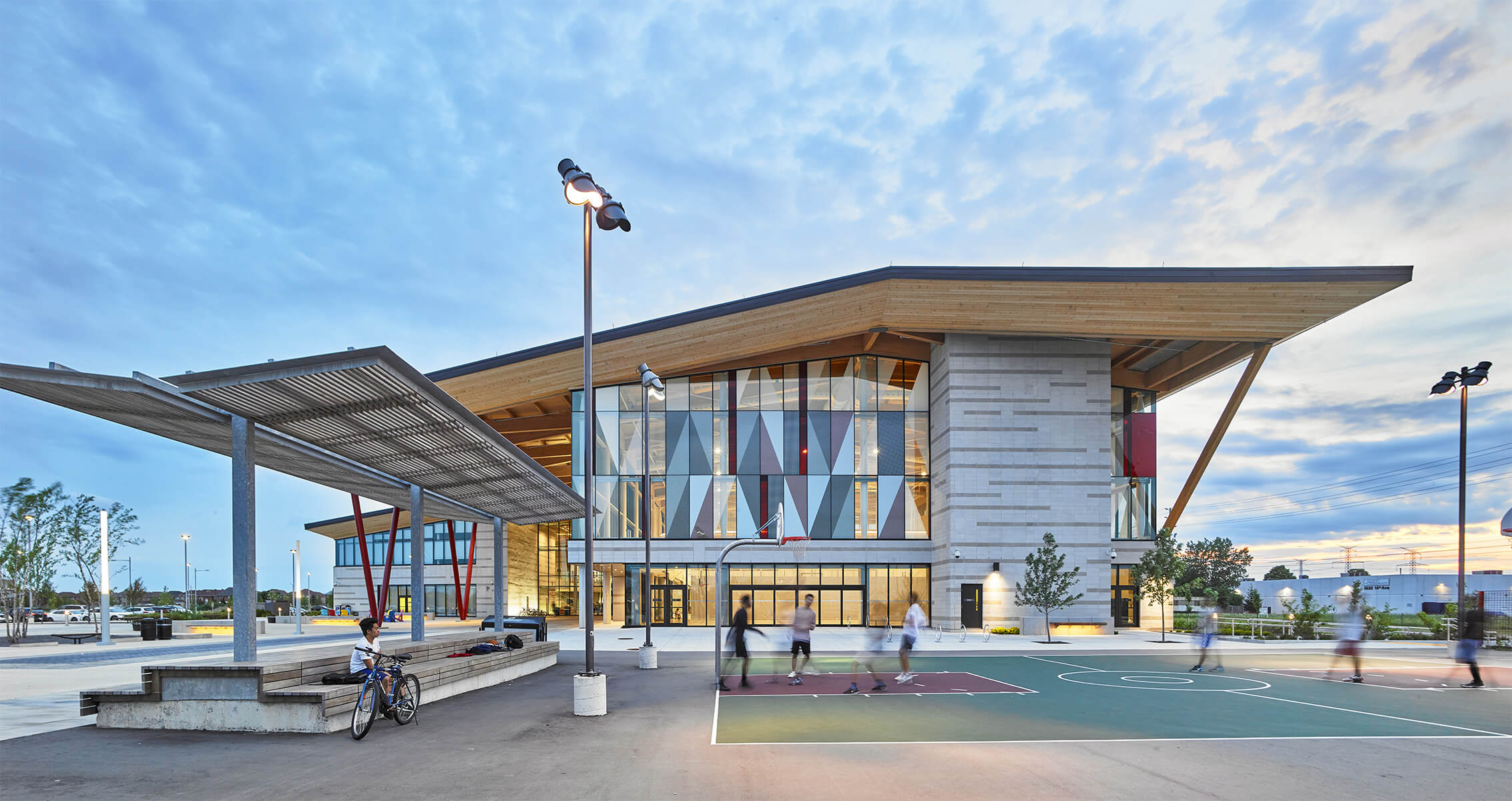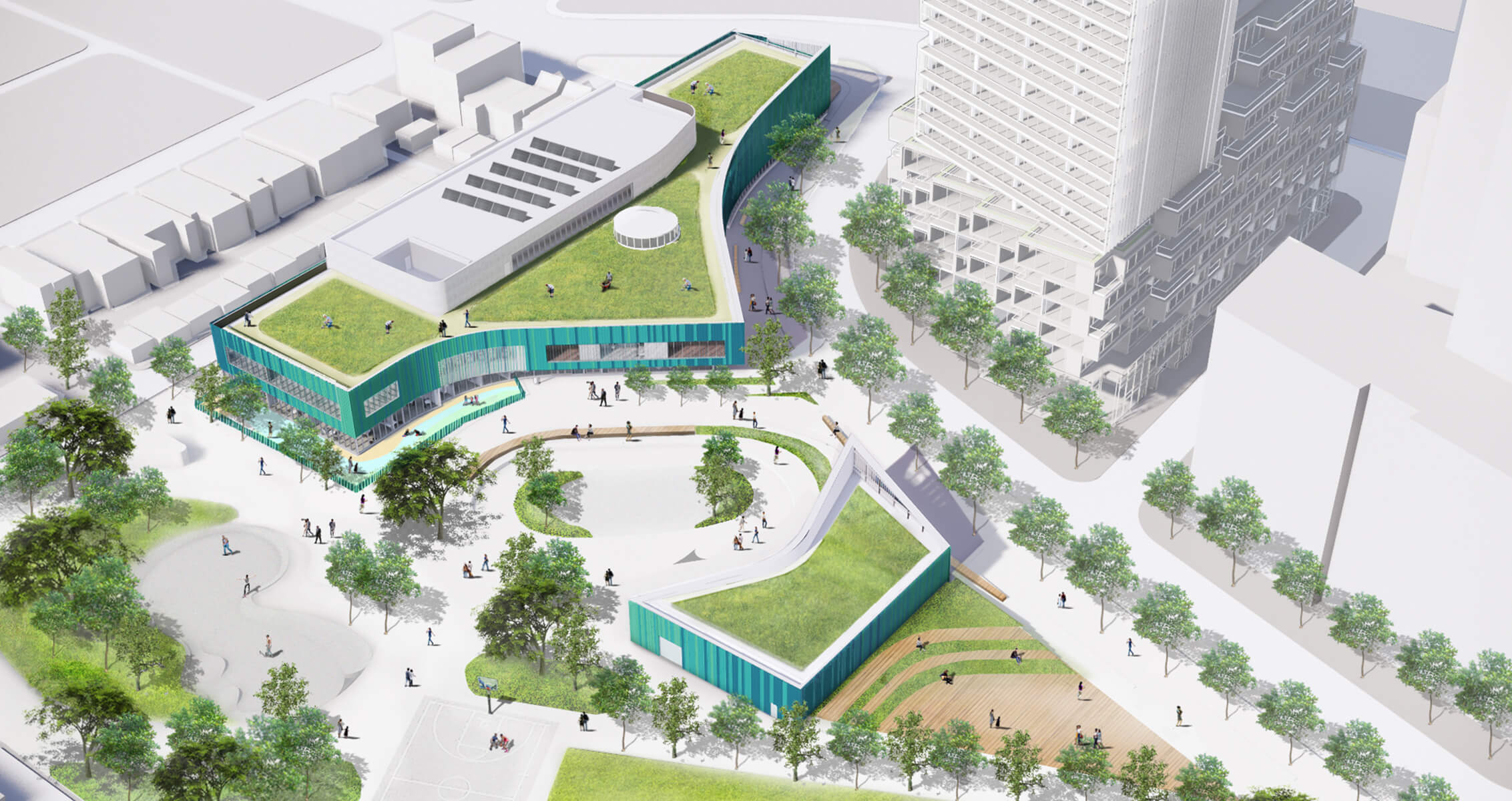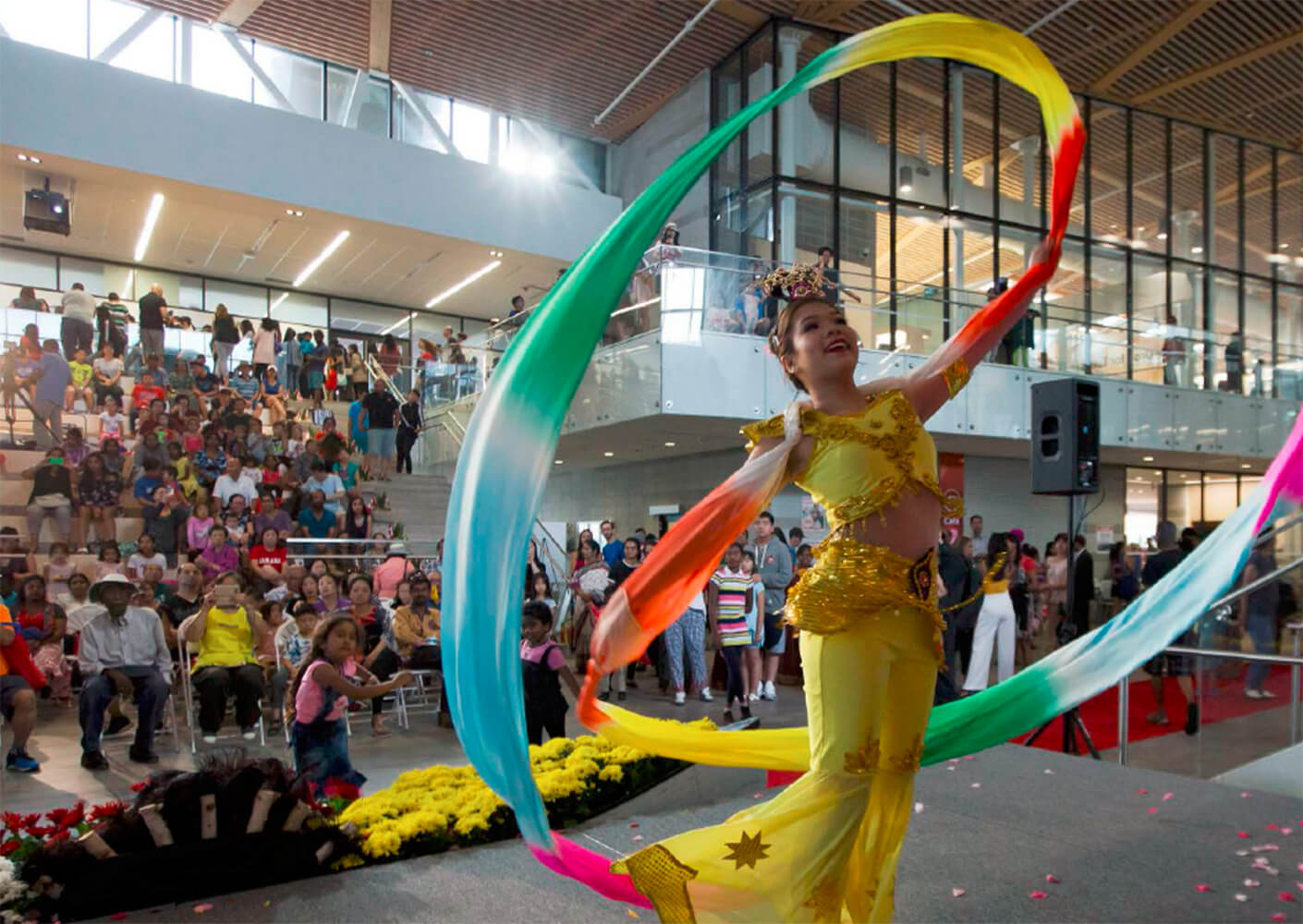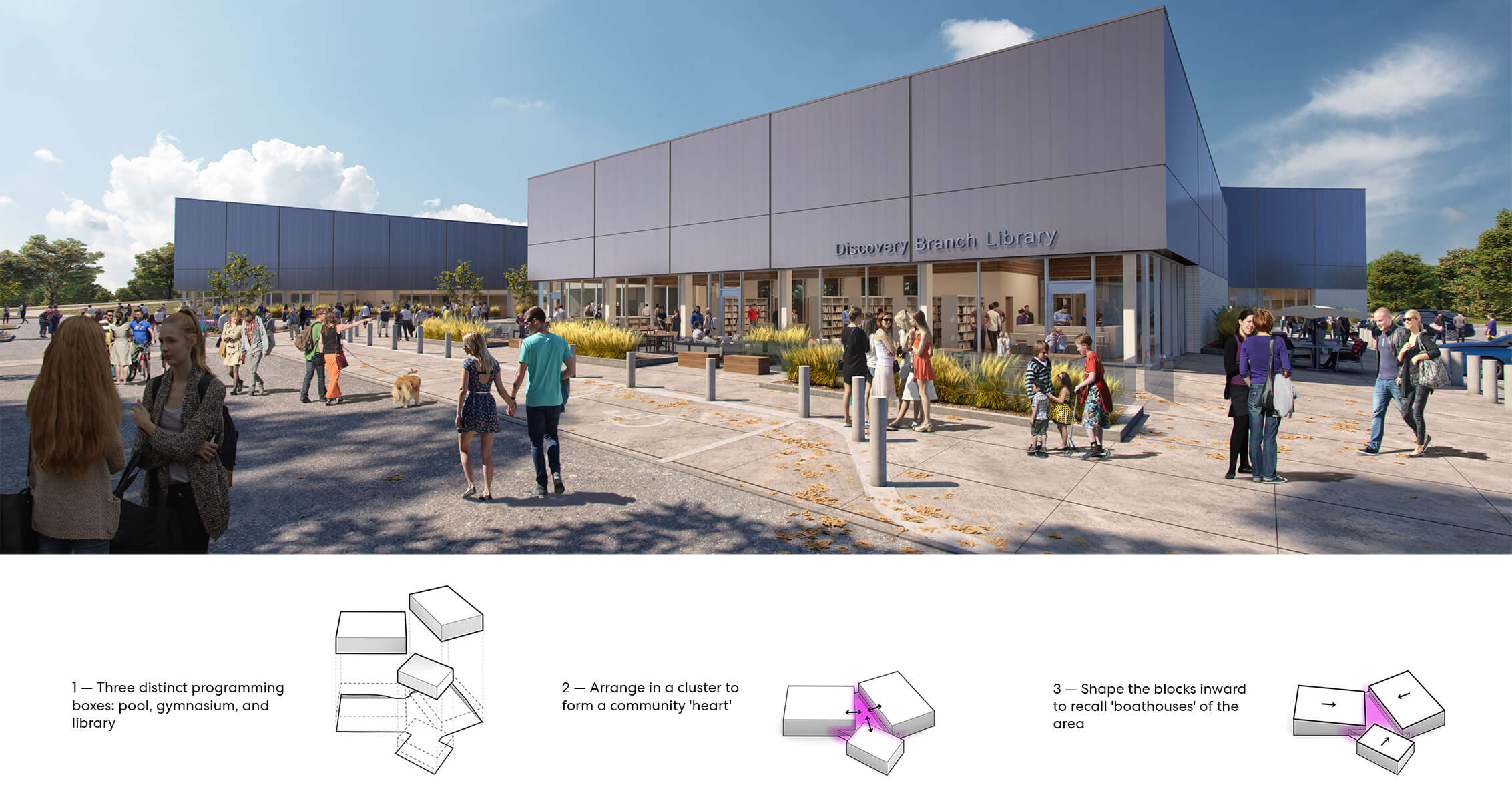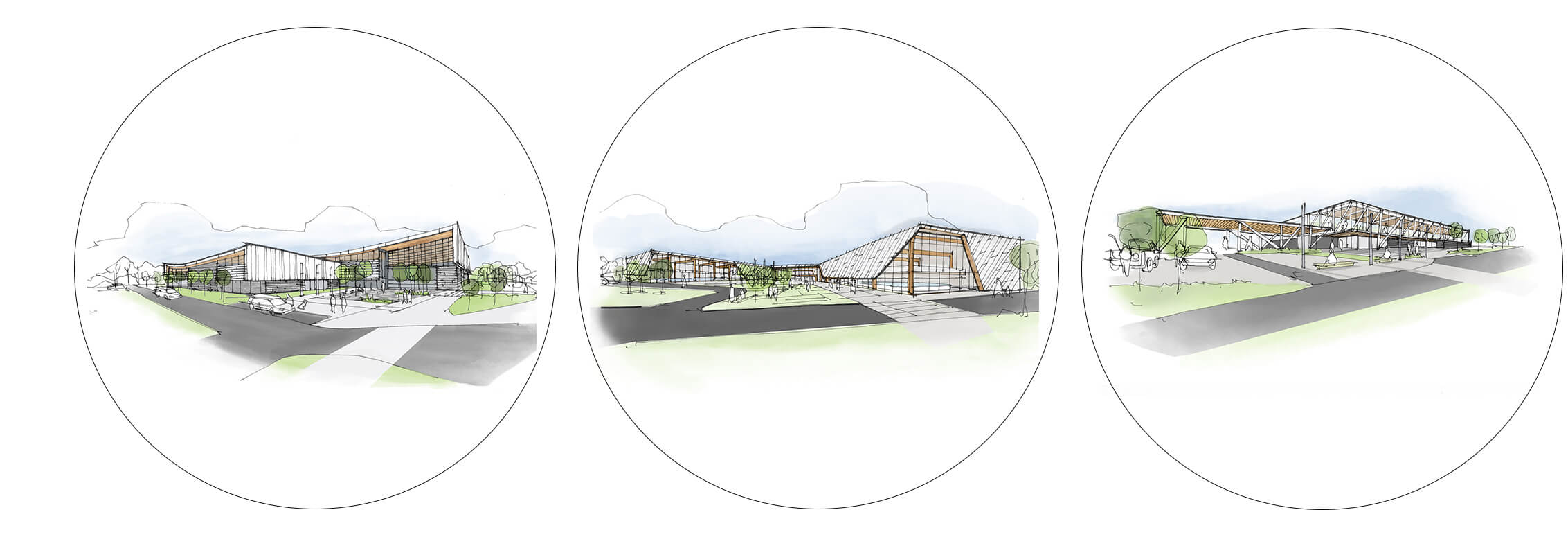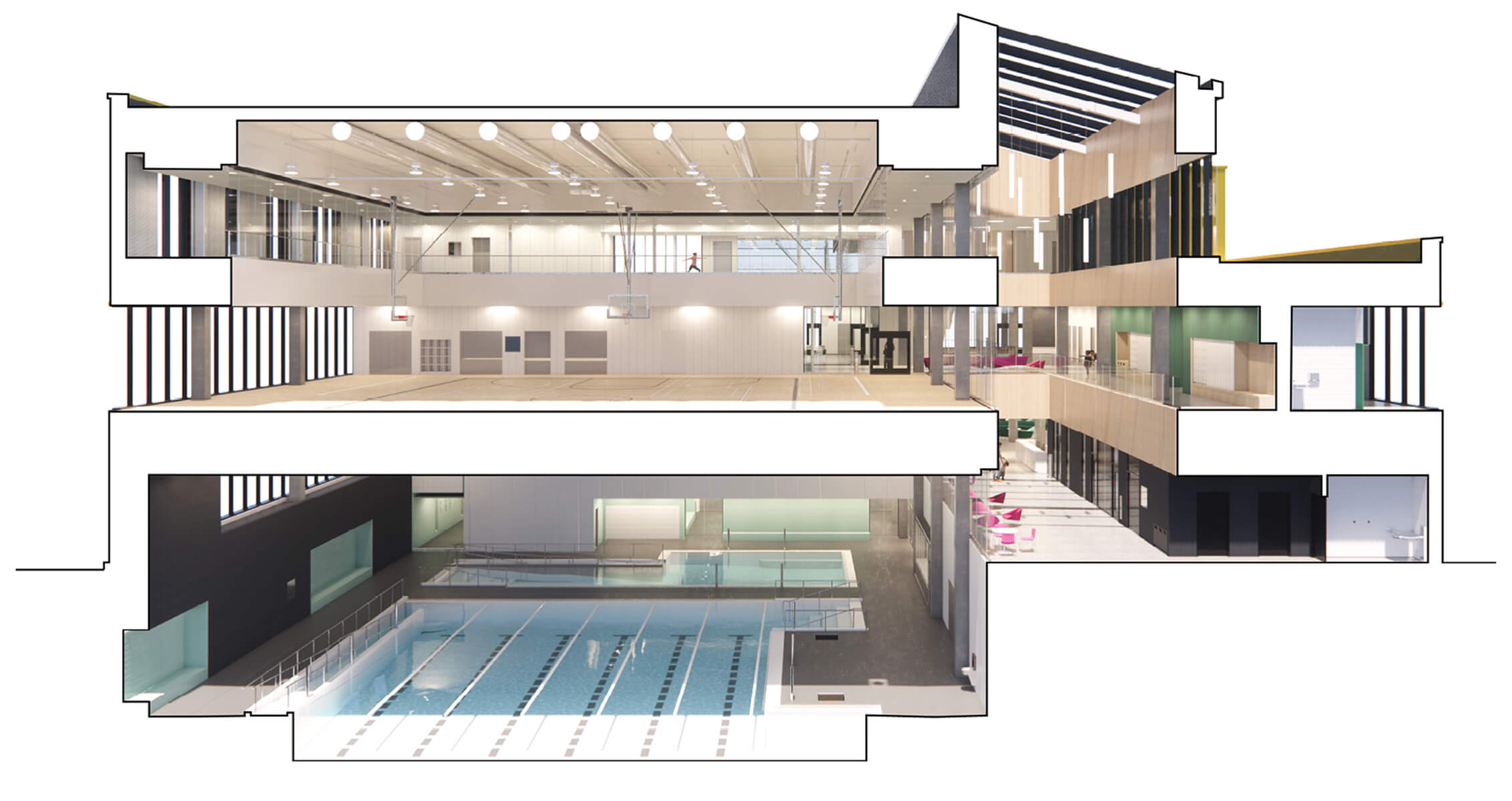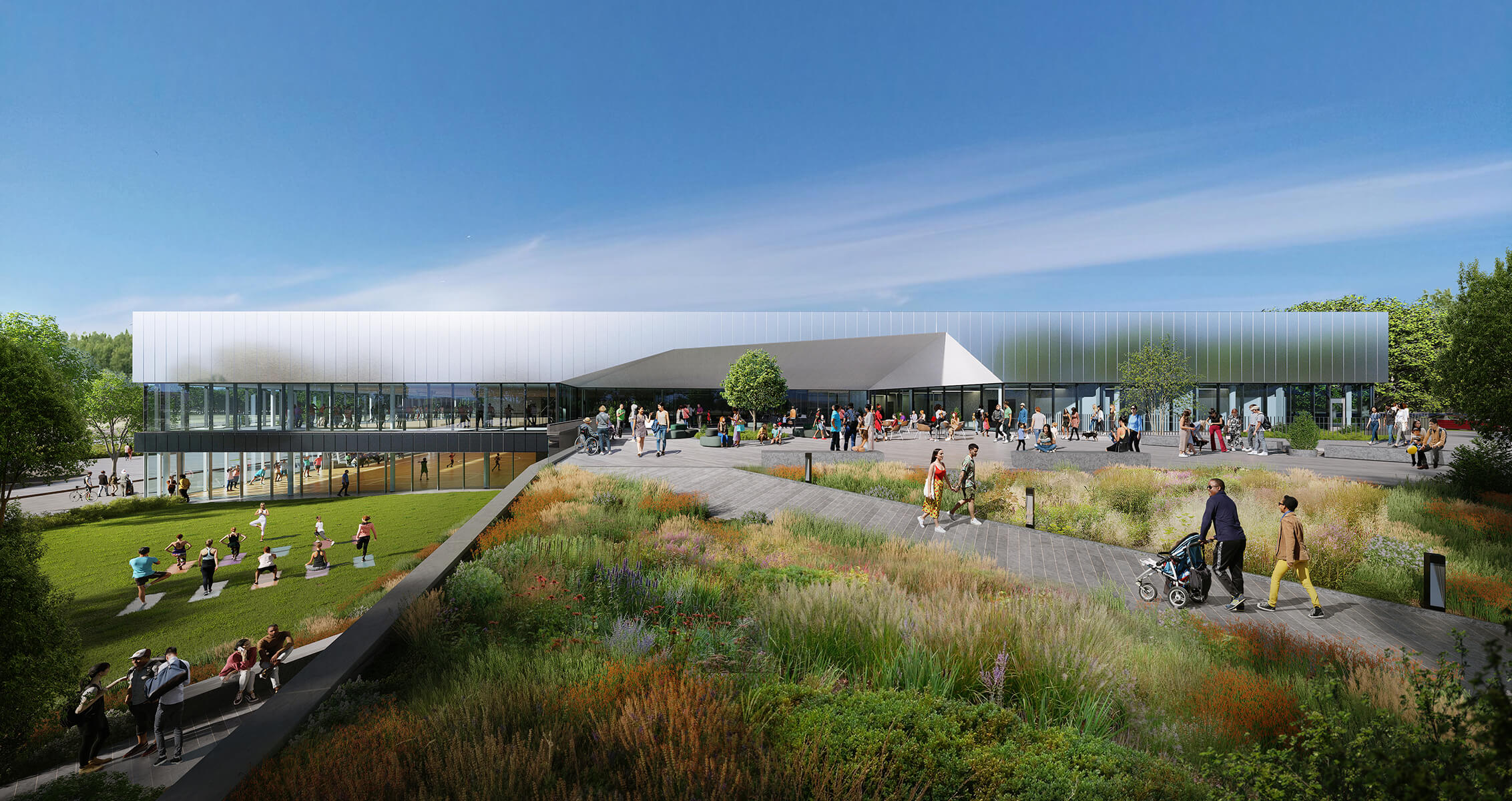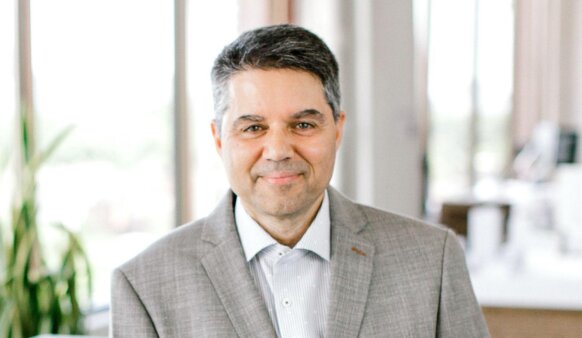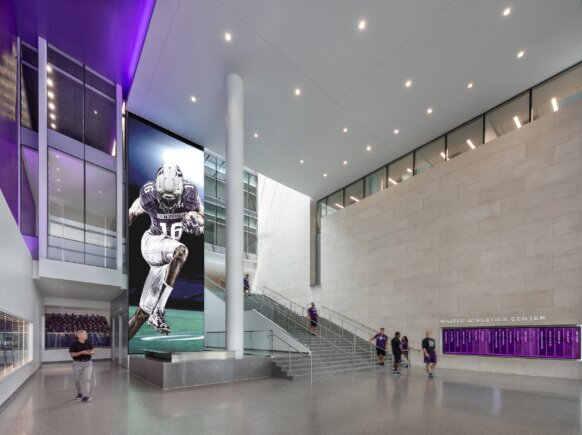As the world slowly reopens, community centres, libraries, and other civic facilities welcome the public through their doors once again. Yet these familiar faces present a new set of challenges for operators in the wake of COVID-19. The evolving needs of community members has forced community centres to reassess their role, relevance, and function for the future. What will the ‘return-to-normal’ look like if ‘normal’ is no longer universally accepted as relevant?
Our sports and recreation designers in Canada and the United States have been part of these scenario-planning conversations. Asking questions such as: how can we design spaces that will support the health of local communities in a meaningful way? What does true accessibility mean in a post-pandemic world?
In the following piece, Phil Fenech, Principal, Sports, Recreation and Entertainment, of our Toronto and Ottawa studios, explores six considerations that have been accelerated by the pandemic and have already begun shaping the future of these critical community spaces. Now’s the time to apply our learnings to prepare for a more resilient social infrastructure.
